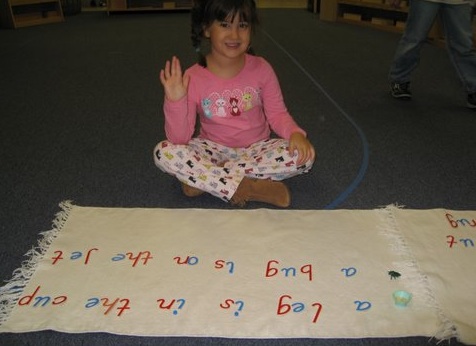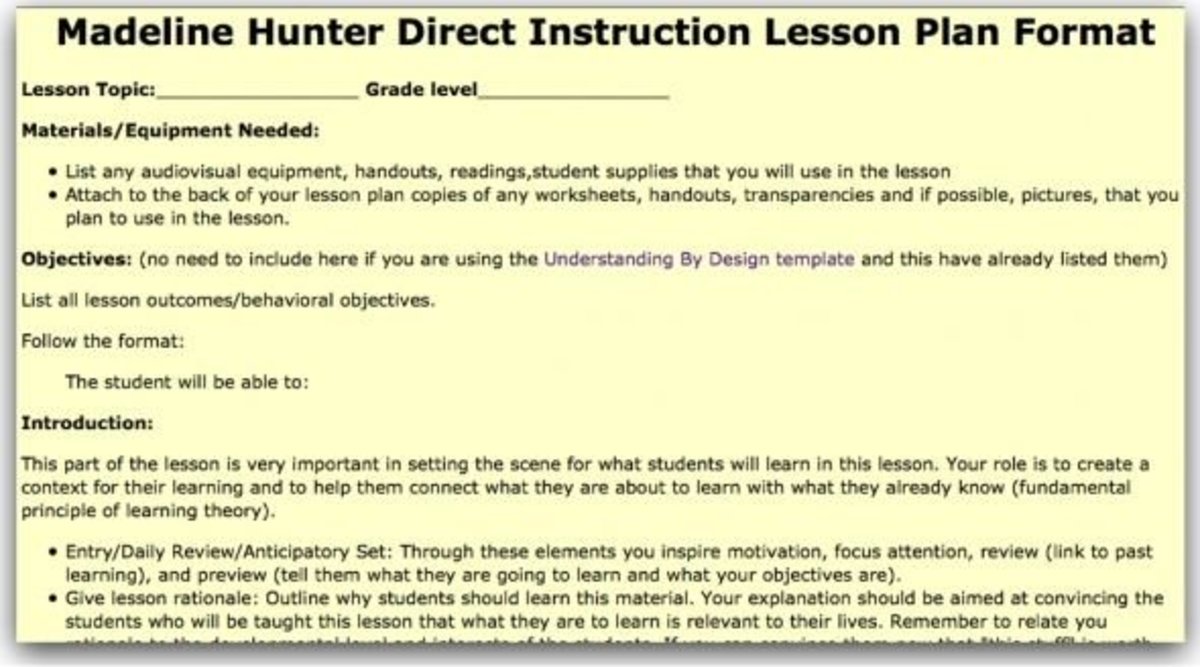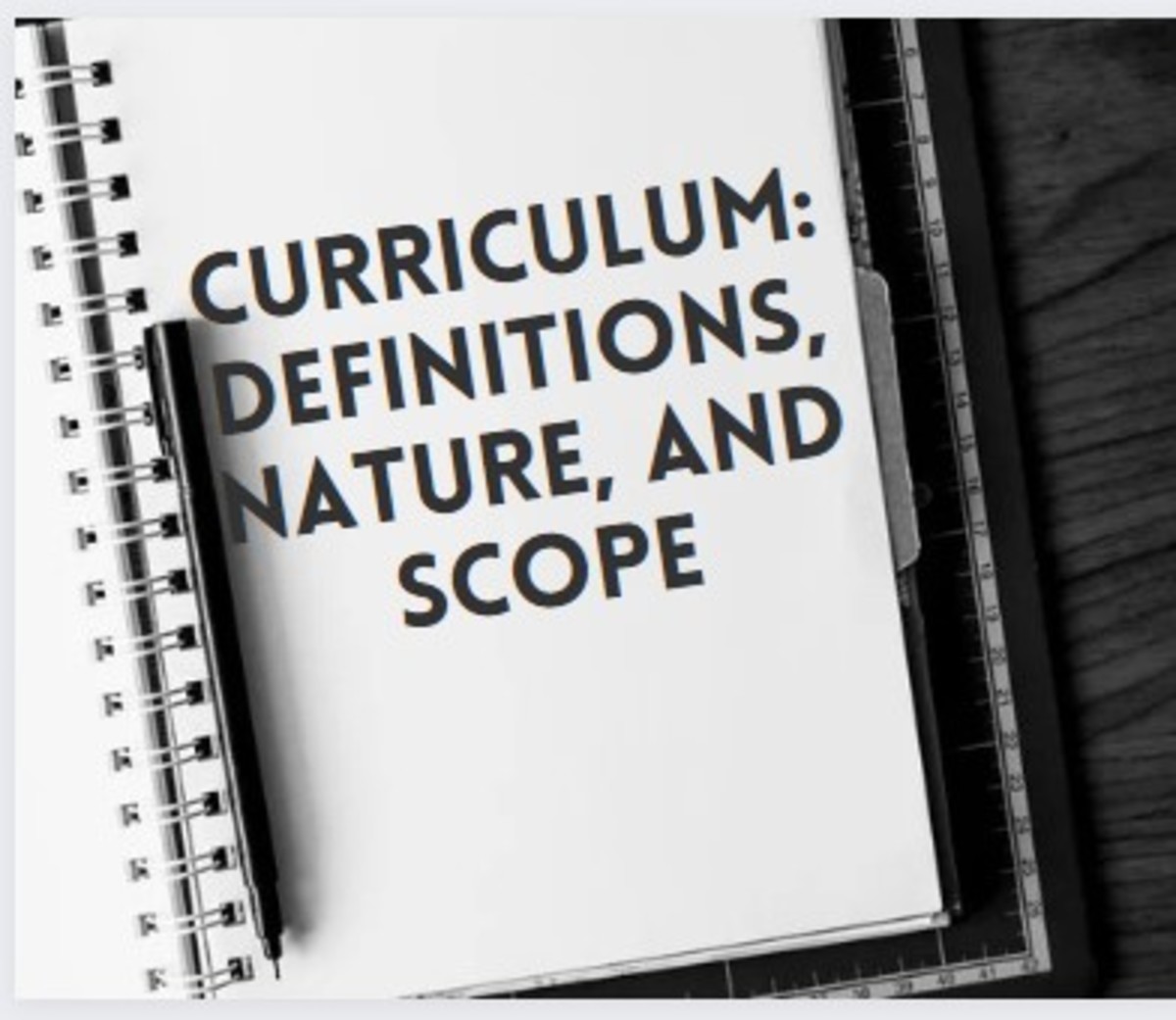Tips for New TEFL Teachers in Teaching Jobs Abroad
Teaching Jobs Abroad
So you want to live abroad, and picture yourself having a wonderful time teaching English in an exotic destination overseas, perhaps in Brazil, Japan, Croatia, Oman, Korea, Thailand or Italy. In fact, you may have already accepted a position to teach in a school, hotel, or business where the staff need English to communicate in the international business and tourism market. Here is a survival guide for structuring the first lessons when you have little experience and may or may not have training.
First time teachers going abroad usually end up in language schools teaching children. They may range in age from preschoolers up to high school. Some have no English experience, so you may be teaching them the basics beginning with the alphabet and the verb "to be," but often there is a native speaking local teacher who can talk to the class in their own language. These ideas will help you structure the class so the pace keeps moving and the class stays interested, while still material is covered and they are learning and challenged. Once you get the hang of it, it is fun for students and teachers.
Get paid for teaching abroad and traveling

How do I Structure Beginner ESL Lessons?
A lot depends on your situation, but I recommend a clear structure to your lessons with segments that the class recognize, so you can move from area to area in 5-20 minute segments depending on their age and their activity. Here is one way you might structure a one-hour class with beginner to low-intermediate students.
- 3-5 minutes icebreaker/review. Walking in the door asking questions is a great way to start. The first questions, and their answers, students learn are the yes/no questions like: Are you? Is he? Is she? Is it? Is this? Is that? Do you have? Do you like?The first vocabulary they learn is common concrete nouns like pen, pencil, dog, car, boy, girl, house, school, mother, father, and so on. Put the parts together, and let them respond to real English with real information: Are you a tree? No, I am not a tree. Is this your pen? Yes, that is my pen. Is this your car? No, that is not my car. That is my pencil.
- Before the class gets tired of the questions , move to 5-10 minutes reading practice from whatever book they are working with. One effective way to structure reading is that you read, then the class reads in chorus, then ask individuals to read aloud, and ask questions as you go to check comprehension. Don't expect perfection, help them if they need it, don't leave awkward gaps where they feel embarrassed, yet also give them time to figure out new words and self-correct if they are working inwardly on the task.
Bob Books are excellent early phonic readers

How to Teach Phonics
- 5-10 minutes phonics practice. Teach phonics! Phonics gives them a powerful tool to sound out new words by breaking them down into shorter parts and working them out. This is a skill that will help them as they advance to higher levels and into academic reading, where mulit-syllable words are common. Without phonics, students balk at long words because they have no strategy for tackling them. From the beginning teach the sounds associated with the consonants, the two kinds of vowel sounds (start with the short vowel sounds) and later the consonant blends and the diphthongs.
- Teach the sounds, and then show them how to blend the sounds together: m a p -> map
- Once they know the basics, use flashcards to practice core sight words that are common words which are not phonic--for example, the, one, their.
- Later, introduce more complex rules, like silent final e, two vowels together (ea, oa, ie, ee, and so on), and blends like -er, -ar,-ow, -eight,-ough, and others.
Phonics strengthens reading and writing skills

Realia: use small real things, or models to animate your lessons

Beginner ESL Lessons in Teaching Grammar
- 15-20 minutes grammar practice. Introduce the new lesson using pictures, realia, demonstration,and examples in conjunction with whatever grammar book you are using. Depending on the school where you teach, there may or may not be a curriculum. If you are in an organized, quality school, there will be a series of graded books that the students can work through in a planned, cumulative way as they progress year by year through the levels. If your school doesn't have a book set, see if you can get one. It makes life way easier for you, for the students and for the parents who know what homework their children are supposed to be doing to get the most benefit from the family investment in the child' s English lessons.
- Using a variety of practice techniques like drills, question and answer, and pair work moves the task from very structured at the beginning to less structured as the students gain mastery and can practice with each other while you circulate, listen, observe, and offer individual correction as required.
- Structure practice so they hear and repeat the language, then practice with pairs, and finally write. This makes sure that the students are mastering in order of complexity all four aspects of the language, including listening, speaking, writing, and reading.
Are you teaching English abroad now?
Did you have training before you began teaching English abroad?
How to teach a dialogue
- 10-15 dialogue practice where you say a line, they repeat it, then you say A lines with half the class and B lines with other half the class, then they practice in pairs.
- If there are lines where they stumble, build the lines backwards. Teach them to listen to the rhythm and intonation, and the reduction of syllables. After several classes' practice, have them do it in front of the class and test them.
- As the class advances, they can write their own dialogues with partners, or write the other side of a one-sided dialogue.
Where are you teaching, did you teach or will you be teaching English abroad?
Teaching ESL with Songs
Learning English ESL with Songs
- 5 minutes teach them a song. Practice the old familiar ones, and every week or two teach a new song. These don't have to be complex songs--old campfire songs, rounds and folk songs with simple melodies and easy words are great. Songs develop fluency, practice pronunciation and introduce cultural information.
- Sometimes students will enjoy learning a more complex contemporary and popular song as a cloze listening task or as an example of a grammar point. For example, you can give them the lyrics with some of the words missing, and have them complete the blanks with target vocabulary. Or you can give them the lyrics sheet with all the present progressive verbs missing, and have them fill them in.
- Asking them what English songs they like is sometimes a good way to find songs that will engage them.
- It is ideal if you are a good singer and play an instrument, but the main point is language practice, since this is a language not a music class. Do it even if you are not a great singer.
Wrap up with a Game for Learning English ESL
- 5 minutes wrap up with a game or contest or race based on a relevant learning activity. Split the class into two or more teams and keep score. Here are a few classroom classics:
- Show flashcards, student who knows it slaps hand on table or claps, and stands up. If they are right, their team gets the point.
- Students stand in lines as a relay, and you say a simple phonic word, like"fig." The first students in each team run to the board and sound it out and write the word. Teams can help them by talking to them if necessary, but only one student can be at the board from each team at once.
- Do a spelling bee, and keep team scores.
- Play bingo. Students write target vocabulary anywhere they like in their squares, and listen for when it is called.
Learning English ESL Continues with Homework
Keep a structure, keep the pace moving, keep them all engaged, and teach them phonics.
If there is time, have them do some writing in class, or if the classes are short, get them started on the homework so you make sure they understand what to do, then send it home with them to do. Learning English continues at home, and they review during the week as they work on their homework, so be sure to assign it, and correct it.
Have fun and let them have fun, too.
If you teach English overseas, you will find many opportunities to teach students privately, so even if you have a day job teaching adults in a business setting, you will find a market for private English lessons in your home for neighbourhood children if you wish to pursue that. This structure will help you be organized, look professional and see results.







